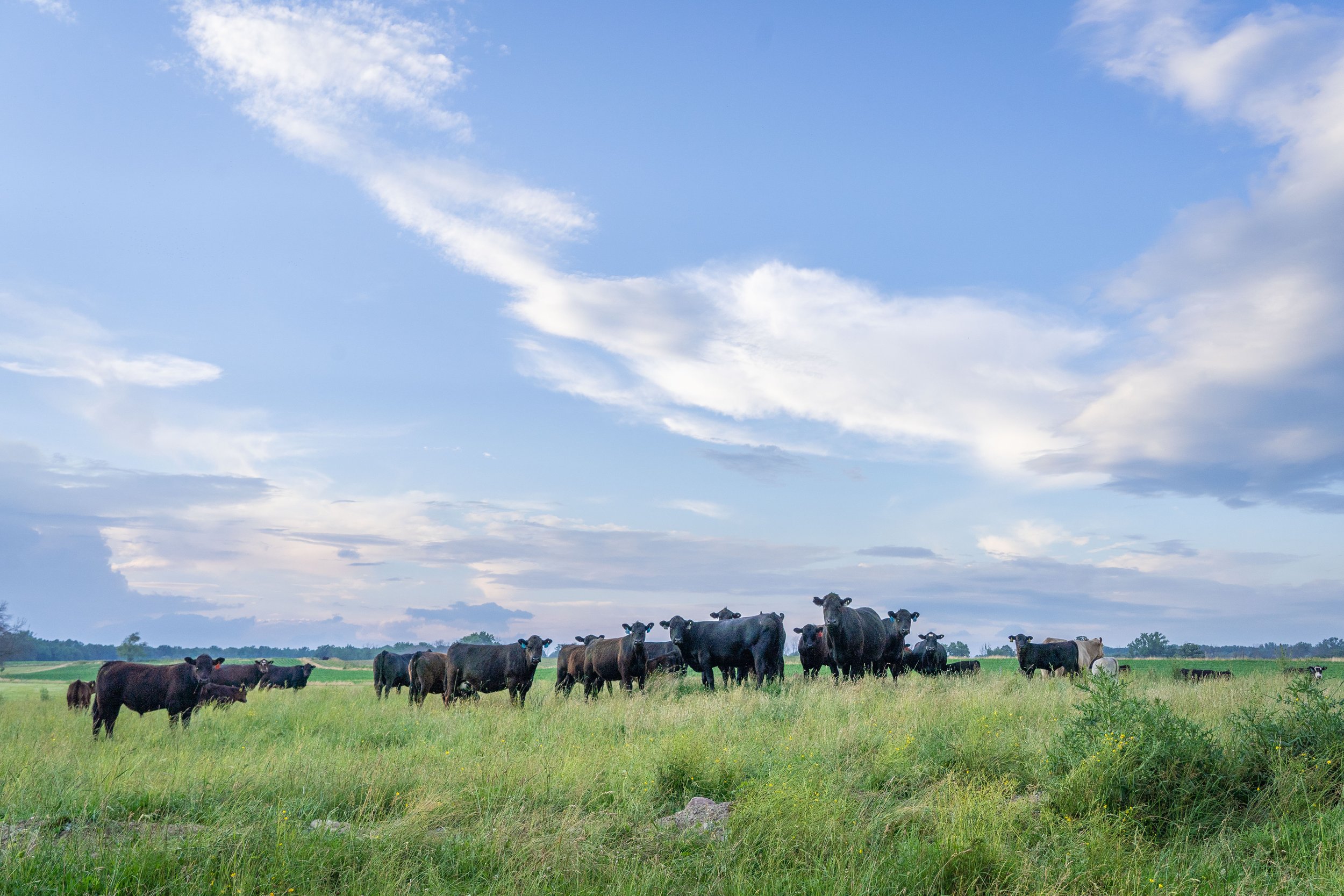Proactive Defense: Bagley Risk Management Strategies
Proactive Defense: Bagley Risk Management Strategies
Blog Article
Comprehending Animals Risk Security (LRP) Insurance Policy: A Comprehensive Overview
Browsing the realm of animals danger defense (LRP) insurance policy can be a complex undertaking for lots of in the farming industry. This sort of insurance uses a safeguard versus market changes and unexpected circumstances that could affect animals producers. By recognizing the intricacies of LRP insurance policy, manufacturers can make educated choices that might secure their operations from monetary risks. From exactly how LRP insurance works to the numerous protection alternatives offered, there is much to discover in this comprehensive guide that could possibly shape the method livestock producers approach danger administration in their services.

Exactly How LRP Insurance Functions
Occasionally, understanding the auto mechanics of Livestock Threat Security (LRP) insurance coverage can be complicated, but breaking down exactly how it functions can give quality for herdsmans and farmers. LRP insurance coverage is a danger monitoring device made to protect animals manufacturers against unforeseen price declines. The plan allows manufacturers to set an insurance coverage level based on their certain needs, selecting the number of head, weight variety, and protection price. When the policy remains in place, if market value drop listed below the insurance coverage rate, manufacturers can submit a case for the distinction. It is necessary to keep in mind that LRP insurance policy is not a revenue assurance; rather, it concentrates exclusively on rate threat security. The coverage period typically ranges from 13 to 52 weeks, offering adaptability for producers to choose a duration that straightens with their manufacturing cycle. By utilizing LRP insurance, breeders and farmers can alleviate the financial threats related to rising and fall market costs, making sure greater security in their procedures.
Eligibility and Coverage Options

When it comes to coverage choices, LRP insurance provides manufacturers the adaptability to select the coverage degree, insurance coverage duration, and recommendations that finest fit their threat monitoring needs. Protection levels commonly range from 70% to 100% of the anticipated ending worth of the insured animals. Producers can likewise choose protection periods that align with their production cycle, whether they are insuring feeder livestock, fed livestock, swine, or lamb. Endorsements such as price risk security can further customize coverage to protect versus negative market variations. By comprehending the eligibility standards and protection alternatives offered, animals manufacturers can make enlightened decisions to handle risk effectively.
Pros and Cons of LRP Insurance Policy
When evaluating Livestock Risk Defense (LRP) insurance policy, it is necessary for animals producers to evaluate the advantages and disadvantages integral in this danger management tool.

One of the key benefits of LRP insurance is its capacity to provide security versus a decrease in animals rates. In addition, LRP insurance coverage supplies a degree of versatility, enabling manufacturers to personalize protection degrees and plan durations to suit their particular needs.
One restriction of LRP insurance policy is that it does not protect against all kinds of dangers, such as disease break outs or all-natural calamities. It is crucial for producers to carefully examine their private risk exposure and monetary circumstance to determine if LRP insurance policy is the ideal risk monitoring tool for their procedure.
Understanding LRP Insurance Policy Premiums

Tips for Optimizing LRP Conveniences
Making best use of the advantages of Animals Danger Defense (LRP) insurance coverage site link needs calculated preparation and proactive risk monitoring - Bagley Risk Management. To take advantage of your LRP protection, think about the complying with pointers:
On A Regular Basis Analyze Market Conditions: Remain educated regarding market patterns and cost variations in the animals industry. By keeping an eye on these variables, you can make informed choices about when to acquire LRP coverage to shield against potential losses.
Set Realistic Protection Levels: When selecting protection levels, consider your manufacturing prices, market value of livestock, and potential threats - Bagley Risk Management. Setting practical insurance coverage degrees makes certain that you are appropriately secured without overpaying for unneeded insurance
Diversify Your Protection: Rather of counting solely on LRP insurance, take into consideration expanding your risk monitoring techniques. Combining LRP with other danger monitoring tools such as futures agreements or options can supply detailed coverage against market uncertainties.
Testimonial and Change Coverage Routinely: As market conditions transform, regularly examine your LRP coverage to guarantee it straightens navigate to these guys with your existing risk exposure. Changing protection degrees and timing of purchases can help enhance your risk security method. By adhering to these tips, you can take full advantage of the benefits of LRP insurance coverage and protect your livestock procedure versus unpredicted dangers.
Verdict
Finally, animals danger security (LRP) insurance is an important tool for farmers to take care of the financial dangers related to their livestock operations. By comprehending exactly how LRP works, eligibility and insurance coverage options, as well as the pros and disadvantages of this insurance, farmers can make educated decisions to protect their resources. By meticulously taking into consideration LRP premiums and implementing techniques to make the most of benefits, farmers can reduce possible losses and make certain the sustainability of their procedures.
Livestock producers interested in getting Animals Threat Defense (LRP) insurance coverage can explore a range of eligibility standards and protection alternatives tailored to their particular animals operations.When it comes to insurance coverage alternatives, LRP insurance coverage uses manufacturers the adaptability to choose the insurance coverage degree, coverage period, and recommendations that best match their risk monitoring needs.To grasp the intricacies of Livestock Risk Defense (LRP) insurance coverage totally, understanding the factors influencing LRP insurance coverage costs is essential. LRP insurance premiums are identified by various elements, consisting of the protection level chosen, the expected cost of livestock at the end of the insurance coverage duration, the kind of livestock being insured, and the size of the insurance coverage duration.Testimonial and Adjust Coverage Regularly: As market problems alter, periodically review your LRP protection to ensure it straightens with your current danger direct exposure.
Report this page